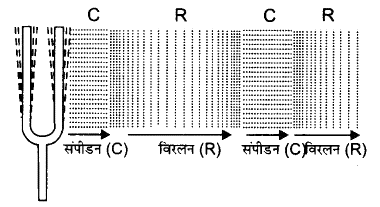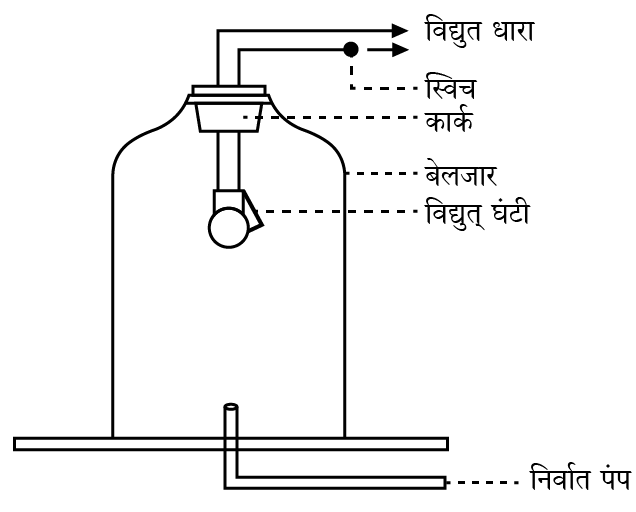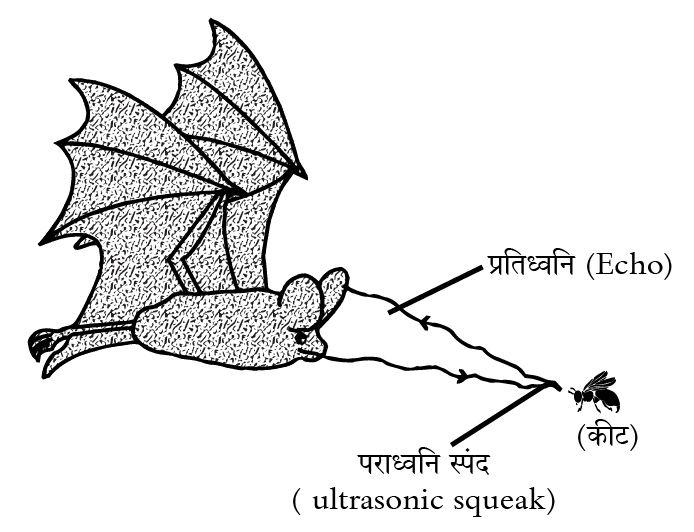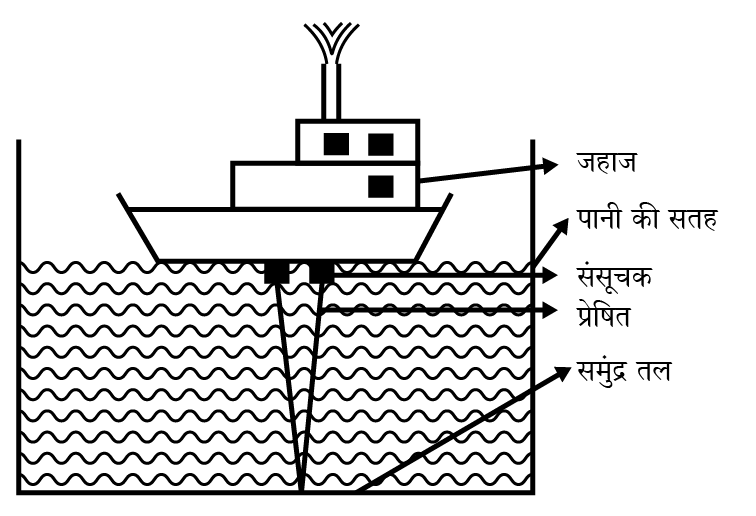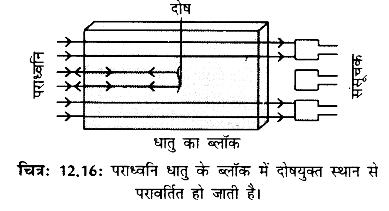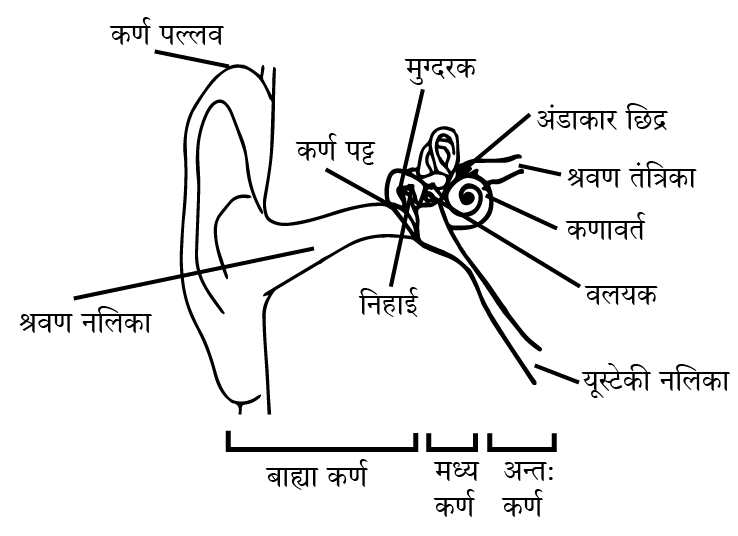Solved NCERT Questions For Class 9 Science Chapter 12 In Hindi - Free PDF
NCERT Solutions For Class 9 Science in Hindi Chapter 12 Sound (2025-26)
FAQs on NCERT Solutions For Class 9 Science in Hindi Chapter 12 Sound (2025-26)
1. List out the topics included in Chapter 12 of NCERT Solutions for Class 9 Science.
Class 9 Science Chapter 12 is about 'Sound'. It briefly explains everything one should know about sound, its characteristics, terms related to sound and more. You can find the following topics included in the NCERT Solutions of Class 9 Science Chapter 12.
Production and Propagation of sound.
Medium of Sound
Wave and its types
Characteristics of Sound
Audible Frequency
Reflection of Sound and its Laws
Applications of Reflection of Sound.
2. How many exercises are present in Chapter 12 of NCERT Solutions for Class 9 Science?
NCERT Solutions of Class 9 Science Chapter 12 has answers provided for all the 22 questions given at the end of the chapter. You can also find the answers to the questions of all the nine in-text exercises. These answers are written by the in-house subject matter experts of Vedantu. They are written simply and briefly, which makes them easy to understand and remember.
3. Is the NCERT Solutions for Class 9 Science the best study material for exams?
Yes. There are high chances that you can get questions from the NCERT Science Textbook in your exams. According to CBSE guidelines, the questions are expected to strictly follow the NCERT syllabus. So, before you jump onto any guidebook, make sure that you have prepared the NCERT solutions for Class 9 Science. Practising these solutions will strengthen your concepts and will make you ready to excel in exams. You can refer to the official website of Vedantu or the Vedantu app for the PDFs of NCERT Solutions at free of cost.
4. List sources of noise pollution in your surroundings.
When any noise crosses over 65dB it results in noise pollution. It is considered to be harmful to the ears to hear something beyond 65-70dB. We can find a lot of things that contribute to noise pollution. Following are some of the sources of noise pollution:
The honking of horns or traffic noise
Loud music through speakers
Drilling at construction sites
Air traffic noise
Industrial activities
Bursting of crackers
Electrical appliances
Barking of dogs.
5. Explain in what way noise pollution is harmful to humans.
Noise pollution happens due to the presence of loud and unnecessary sound that crosses 65dB. Any noise that goes beyond 65-70dB is known to be quite harmful to humans. It can harm us in the following ways:
Physical- By damaging our hearing, headaches, and raising blood pressure.
Behavioural- It affects our sleep which brings in many other behavioural disorders.
Psychological- It results in stress, anxiety and in extreme cases leads to depression.




















 Watch Video
Watch Video



